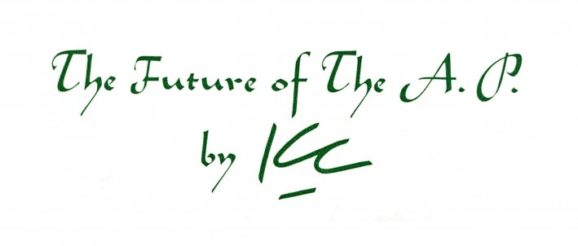AP Insights | A history of media innovation and press freedom

Staying in business for 170 years creates a pretty big paper trail. Many of our records can be found in our corporate archives, which include special collections of journalists’ personal papers, oral history interviews, internal publications and general reference works on the media industry.
The archive’s director, Valerie Komor, recently came across an artifact that proved especially relevant to the news of today. It was “The Future of The A.P.,” a November 1943 speech given by then-general manager Kent Cooper.
Cooper led The Associated Press from 1925 to 1948, steering our organization through the Great Depression and coordinating our coverage of World War II. In 1935, he introduced the world’s first wire service for photographs, making it possible for newspapers to receive pictures the day they are taken, rather than by mail or courier.
“He was a really interesting and complicated guy,” said Gene Allen, a Ryerson University journalism professor in Toronto who’s researching Cooper’s career. “He definitely was a modernizer. Even his sharpest critics, of whom there were a few, would agree to that.”
The speech came at a retirement dinner for an AP editor and references a miniature “‘bulletin’ newspaper” that can fit in anyone’s pocket. It would provide a quick look at major world events and be able to print them out automatically.
Sound familiar?
While Cooper may have been thinking more along the lines of tiny teletype machines, he was prescient about the ability for everyone to receive news updates anywhere, which we now do on cell phones.
He also cited the continued need for innovation in information delivery as technology evolved, and the importance of a free press, which “preclude(s) the danger of any government-controlled and subsidized agency from poisoning or throttling the flow of news.”
“No question Cooper was a visionary,” Komor said.
Click on the article below to read Cooper’s speech.
Jake is the text and multimedia product manager at The Associated Press and the former editor of Insights. He previously covered college sports as a reporter for AP and helped design its multi-year strategic plan.
